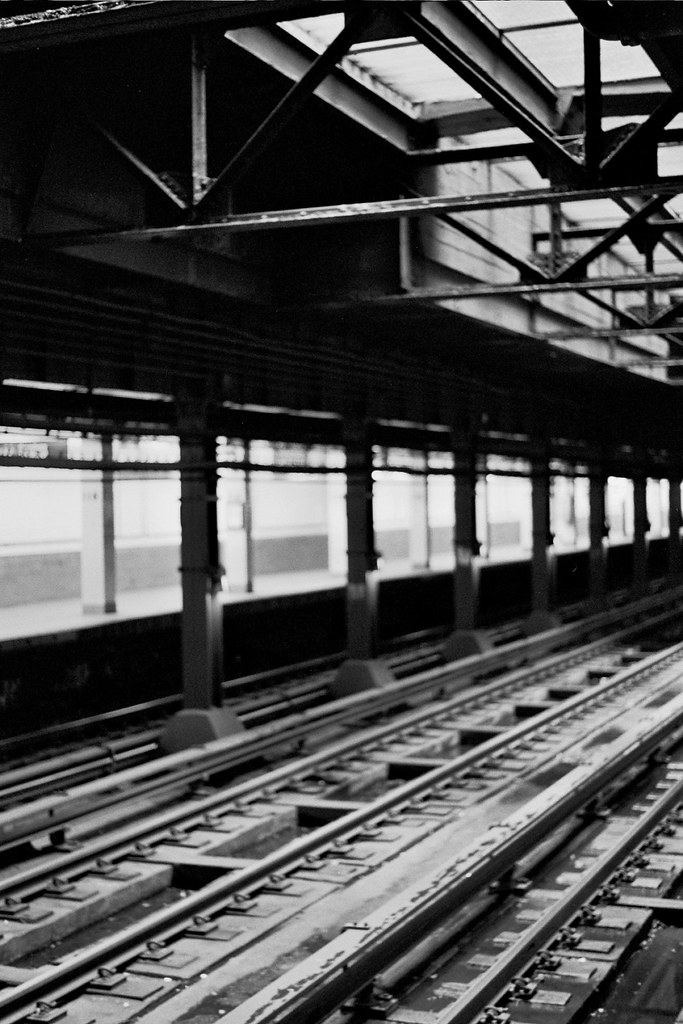Manhattan has one of the lowest per-capita energy consumptions and smallest carbon footprints of any place in the United States. New York City's gas consumption is not very different from the 1920 U.S. average. And over 75 percent of Manhattan's households live without a car, in a country with over 760 vehicles per 1,000 people.
If you're looking for something to tie together those numbers, you'll likely be lead to a network of dense underground tunnels, elevated tracks and terrestrial rail lines with over 5,000 train cars rumbling around the city 24 hours a day, 365 days a week.
The New York subway system started on October 27, 1904. Since then, over 800 miles of track transport over a billion passengers every year (80 of whom go into labor on the subway each year, according to a 1994 New York Times article). Laid end to end, the tracks alone would stretch from New York City to Chicago. The city that famously never sleeps, the city where E.B. White used the subway as the defining construct to explain its culture in his book, Here is New York. And yet, ever so often, the subway distances itself from the world's stereotype of a noisy metropolis, providing freeze frames of silent symmetry.
Created with Admarket's flickrSLiDR.
